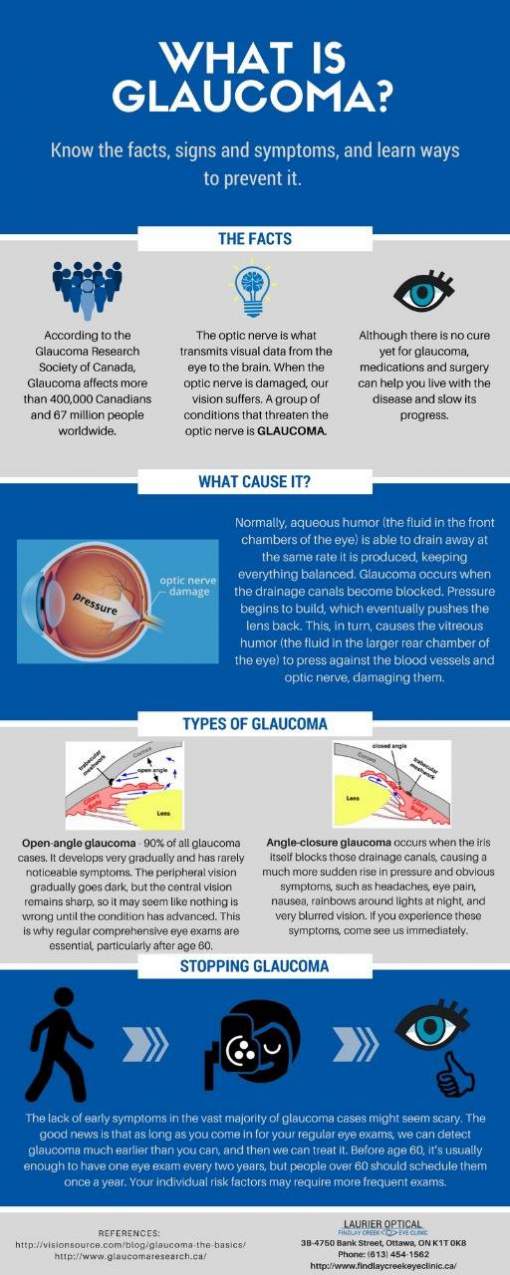How Does SMILE Eye Surgical Treatment Compare To LASIK And PRK?
How Does SMILE Eye Surgical Treatment Compare To LASIK And PRK?
Blog Article
Short Article By-McElroy Osborne
If you have actually been considering SMILE eye surgical procedure, you may ask yourself exactly how it compares to LASIK and PRK. LASIK Questions has its own set of advantages and considerations. From quicker healing times to potential threats, there are vital differences you need to know prior to choosing. Recognizing these differences will help you make an informed selection that aligns with your certain needs and expectations. Interested to know more concerning exactly how these procedures contrast in detail? Keep on exploring to get a detailed understanding of SMILE, LASIK, and PRK.
SMILE Eye Surgery Summary
If you're considering SMILE eye surgical procedure, you'll locate it to be a minimally invasive procedure with a quick recuperation time. During SMILE (Tiny Cut Lenticule Removal), a laser is utilized to develop a little, accurate cut in the cornea to eliminate a little item of cells, reshaping it to remedy your vision. This varies from LASIK, where a flap is developed, and PRK, where the outer layer of the cornea is entirely gotten rid of.
Among the crucial advantages of SMILE is its minimally invasive nature, resulting in a faster recovery procedure and much less pain post-surgery. The healing time for SMILE is reasonably quick, with lots of patients experiencing boosted vision within a day or two. This makes it a popular selection for those seeking a hassle-free and effective vision improvement procedure. Additionally, SMILE has been shown to have a reduced danger of dry eye syndrome compared to LASIK, making it a positive choice for people concerned concerning this prospective negative effects.
Differences In Between SMILE, LASIK, and PRK
When comparing SMILE, LASIK, and PRK eye surgical treatments, it is necessary to comprehend the distinctive techniques used in each treatment for vision adjustment.
SMILE (Tiny Incision Lenticule Extraction) is a minimally invasive treatment that entails creating a little cut to draw out a lenticule from the cornea, reshaping it to fix vision.
LASIK (Laser-Assisted In Situ Keratomileusis) entails creating a slim flap on the cornea, using a laser to reshape the underlying tissue, and then rearranging the flap.
PRK (Photorefractive Keratectomy) gets rid of the outer layer of the cornea prior to reshaping the tissue with a laser.
The main difference hinges on the means the cornea is accessed and treated. SMILE is flapless, making it an excellent option for individuals with slim corneas or those involved in contact sports. LASIK uses rapid visual recovery due to the flap creation, however it may posture a higher risk of flap-related problems. PRK, although having a much longer recovery duration, avoids flap-related problems entirely.
Comprehending these variations is important in choosing the most suitable procedure for your vision adjustment demands.
Pros and Cons Contrast
To review the benefits and downsides of SMILE, LASIK, and PRK eye surgeries, it's important to think about the particular benefits and potential restrictions of each treatment. Glasses Or Contacts supplies the advantage of a minimally invasive treatment, with a smaller incision and possibly quicker recuperation time compared to LASIK and PRK. It also reduces the threat of dry eye post-surgery, an usual adverse effects of LASIK. However, SMILE might have limitations in treating greater degrees of nearsightedness or astigmatism compared to LASIK.
LASIK surgical procedure offers rapid visual healing and very little pain throughout the procedure. It's extremely effective in dealing with a large range of refractive mistakes, including nearsightedness, hyperopia, and astigmatism. Yet, LASIK brings a risk of flap complications, which can influence the corneal structure.
PRK eye surgery, while not as popular as LASIK, avoids creating a corneal flap, decreasing the threat of flap-related difficulties. It's suitable for clients with thin corneas or irregular corneal surfaces. Nevertheless, PRK has a longer recovery time and might involve much more pain during the recovery procedure.
Verdict
So, when it comes to picking between SMILE, LASIK, and PRK, consider it like picking the best pair of shoes. SMILE is like a smooth, comfy set of tennis shoes - quick and simple.
LASIK is much more like stylish high heels - showy and quickly, but with some prospective threats.
PRK resembles strong treking boots - dependable and long lasting, yet calling for a little bit even more time and effort.
Eventually, the most effective option depends upon your private needs and choices.
